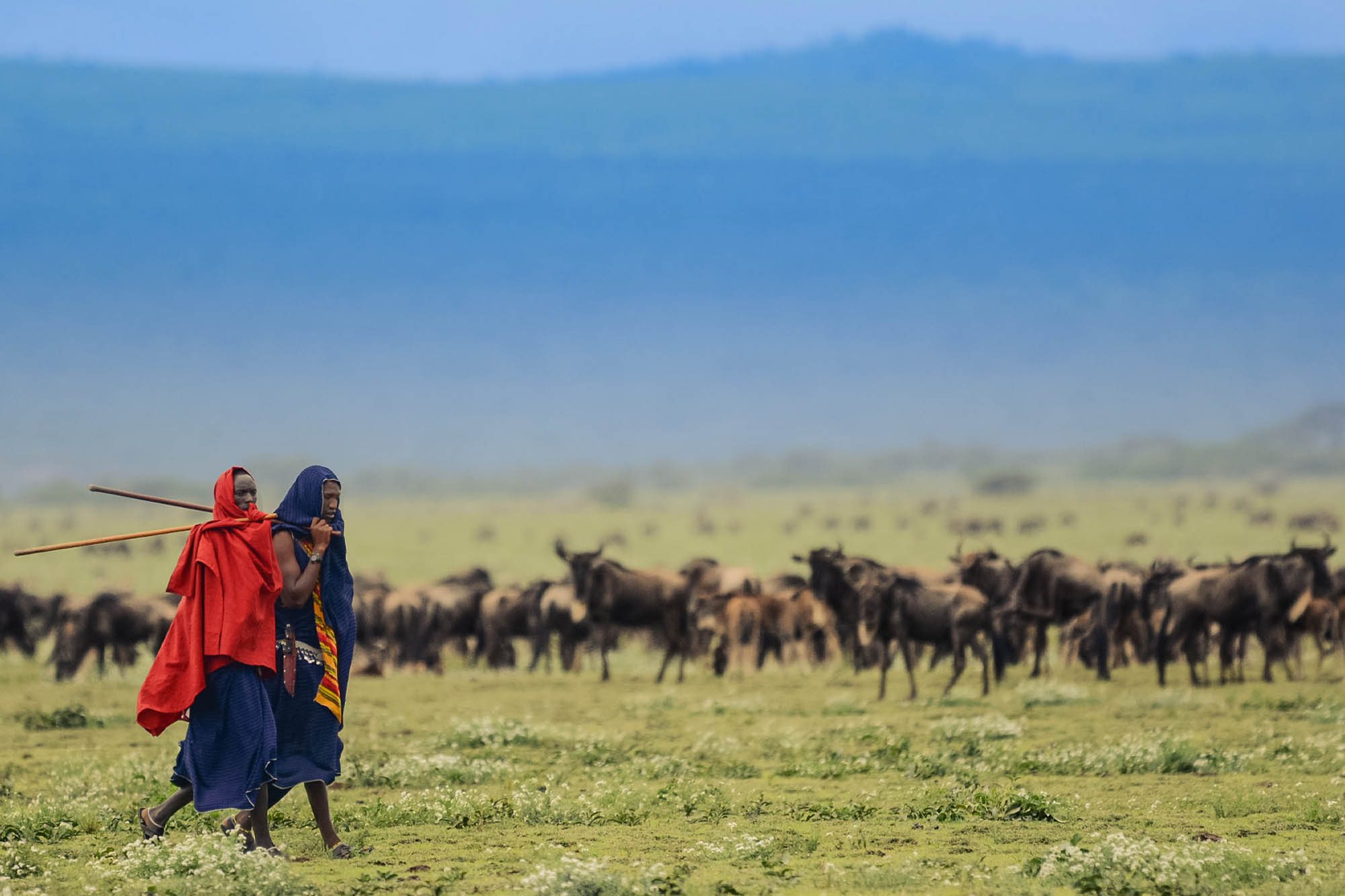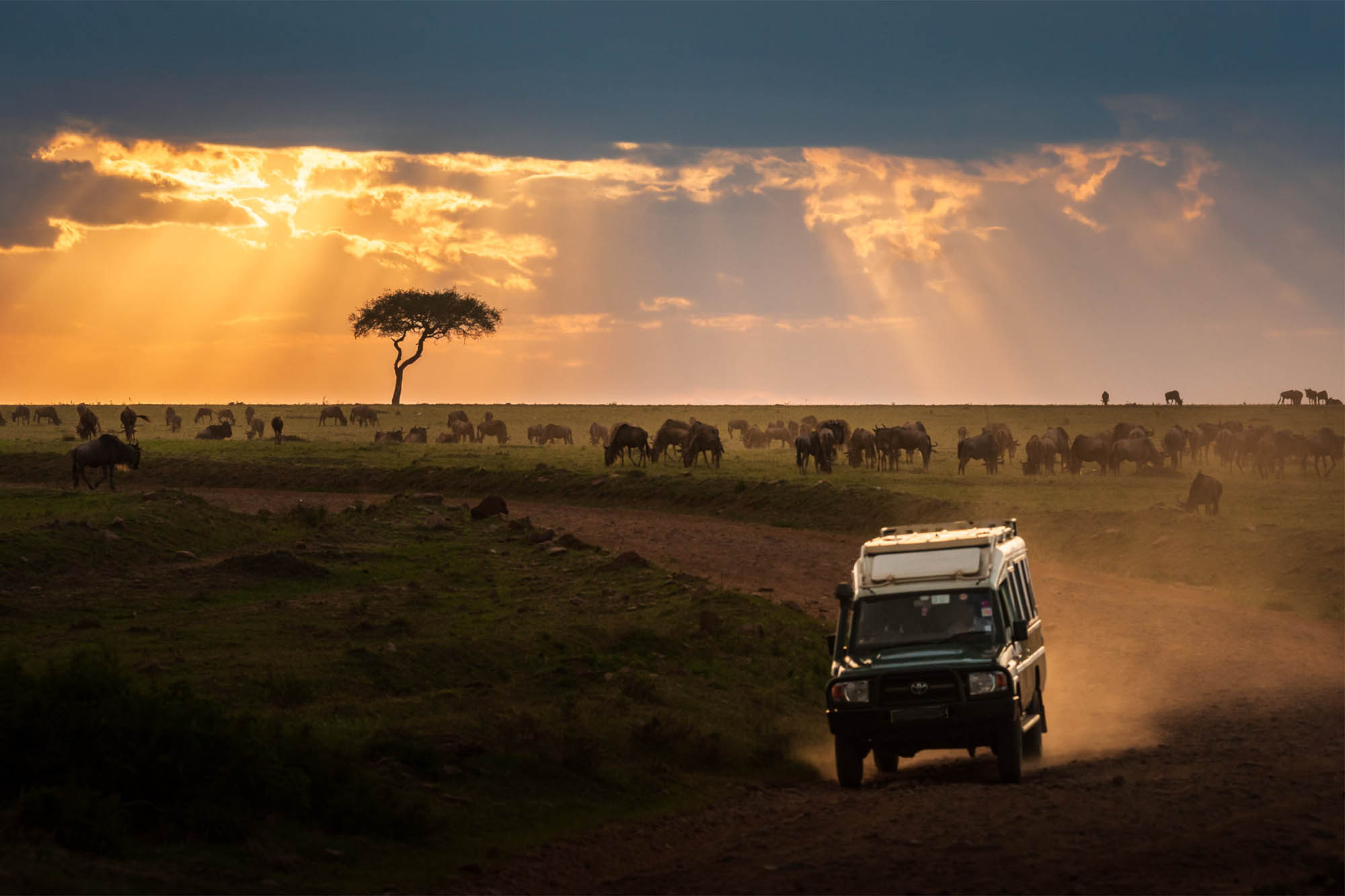Serengeti National Park
Overview
History of the Serengeti
The Serengeti, meaning “endless plains” in the Maasai language, has a history shaped by both indigenous Maasai culture and conservation efforts. Originally inhabited by Maasai people, the Serengeti remained largely untouched until early 20th-century explorers documented its vast wildlife, spurring global interest in conservation. In 1951, the Serengeti became one of Tanzania’s first national parks, with boundaries and protections established to preserve its biodiversity. The park’s international significance was solidified in 1981 when it became a UNESCO World Heritage site, protecting a wide array of species and a landscape that remains one of the world’s last great wildlife sanctuaries.
The Top Africa National Park Destination.
Best Time to Visit
The best time to visit the Serengeti depends on what you wish to see:
- December to March: The Great Migration is often concentrated in the southern Serengeti, as wildebeest calving occurs. It’s also an excellent time to spot newborn animals and predators.
- June to October: The dry season is ideal for game viewing, as animals gather around water sources. This is also the season when the migration crosses the Grumeti and Mara Rivers, creating dramatic predator-prey interactions.
- April to May: The “green season” brings lush landscapes and fewer tourists, making it perfect for a more serene experience, though rain may limit access in some areas.
Uniqueness of the Serengeti
The Serengeti is unparalleled in its combination of diverse ecosystems, large mammal populations, and the famed Great Migration—one of the most extraordinary natural spectacles on Earth. Spanning over 12,000 square miles (30,000 km²), the Serengeti is home to iconic African wildlife, including the Big Five (lions, leopards, elephants, rhinos, and buffalo), cheetahs, zebras, and crocodiles. The continuous, relatively undisturbed migration routes of the Serengeti’s millions of wildebeests and zebras make it a critical haven for migratory animals, offering a glimpse of one of Earth’s most ancient animal movements.





Activities in the Serengeti
- Game Drives: Morning and evening game drives are popular for viewing wildlife, particularly the Big Five and the Great Migration.
- Hot Air Balloon Safari: Soaring above the Serengeti at sunrise provides a unique perspective on the landscape and wildlife.
- Guided Walking Safaris: Led by experts, these safaris offer an intimate experience with Serengeti’s flora, fauna, and lesser-known species.
- Cultural Tours: Visits to Maasai villages offer insight into the traditional lifestyle and customs of the indigenous people.
- Bird Watching: The Serengeti boasts over 500 bird species, making it ideal for bird enthusiasts.
- Photography Tours: Professional guides lead photography safaris tailored for capturing the best shots of the wildlife and landscapes.
The Serengeti offers an unforgettable experience that connects visitors with the natural beauty and ancient cycles of life on the African plains.
